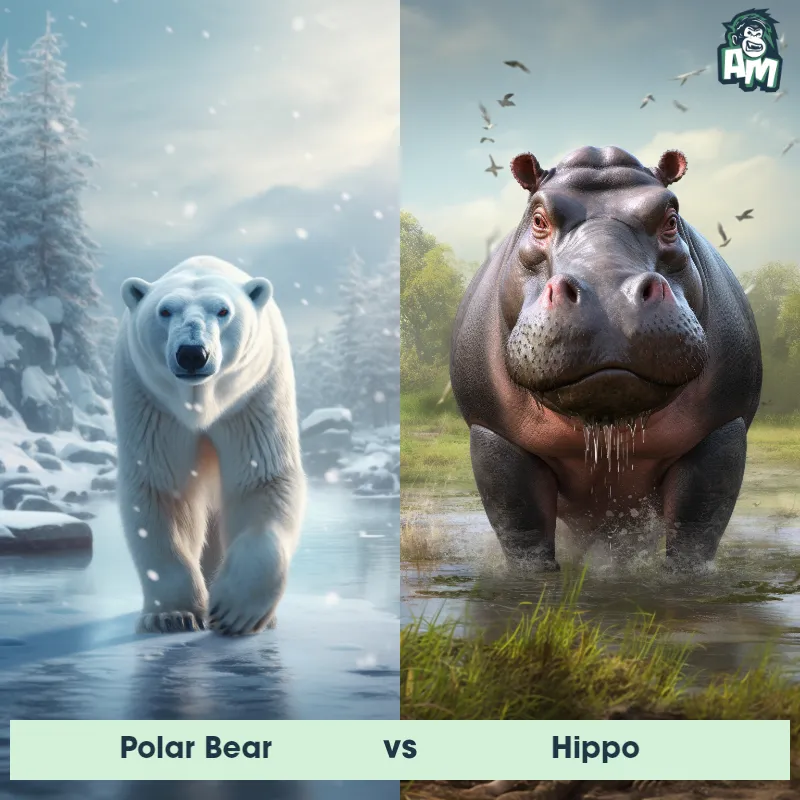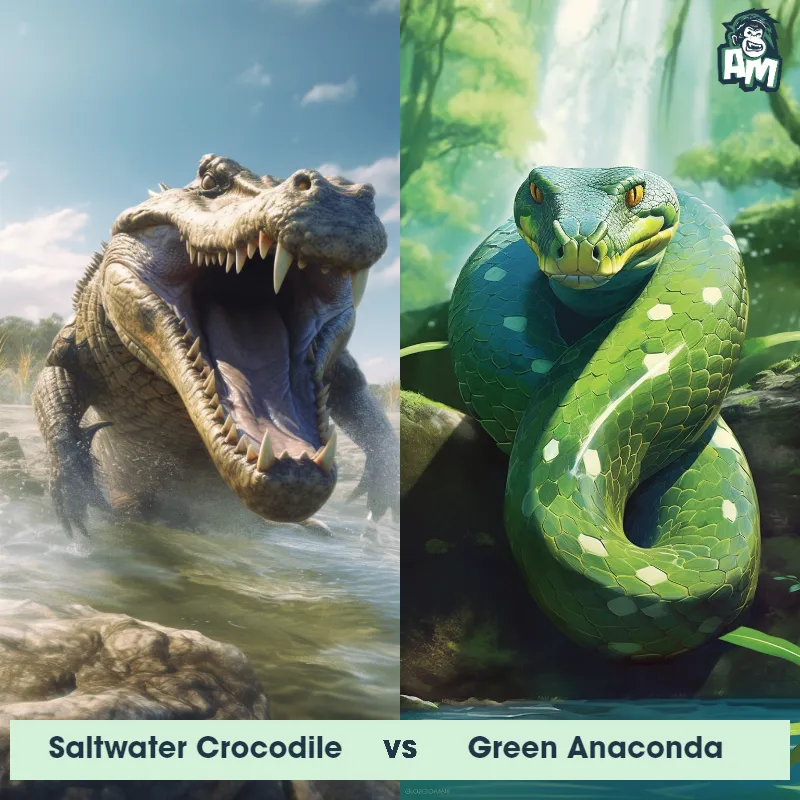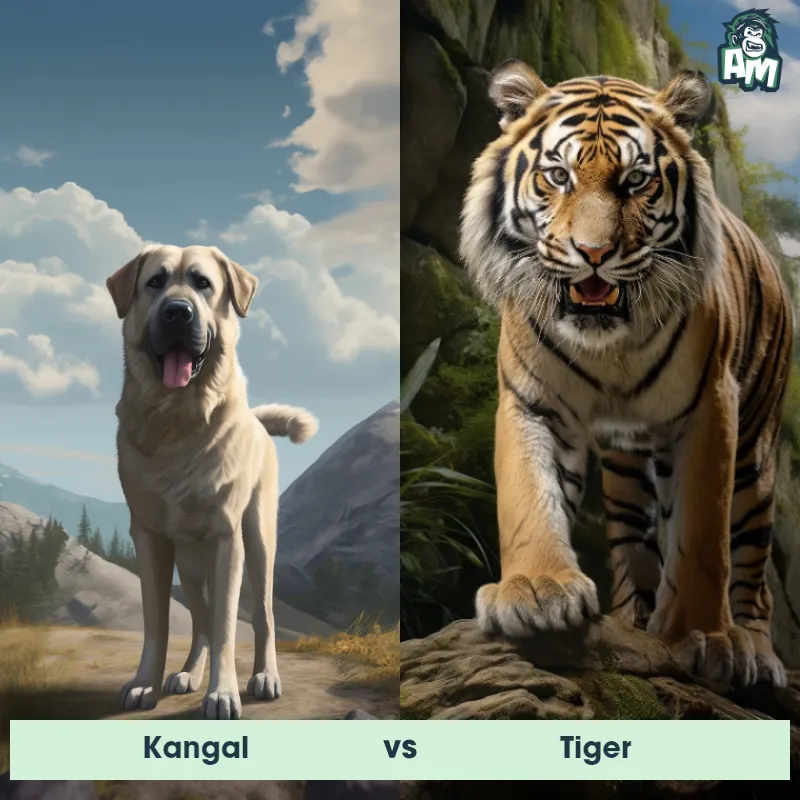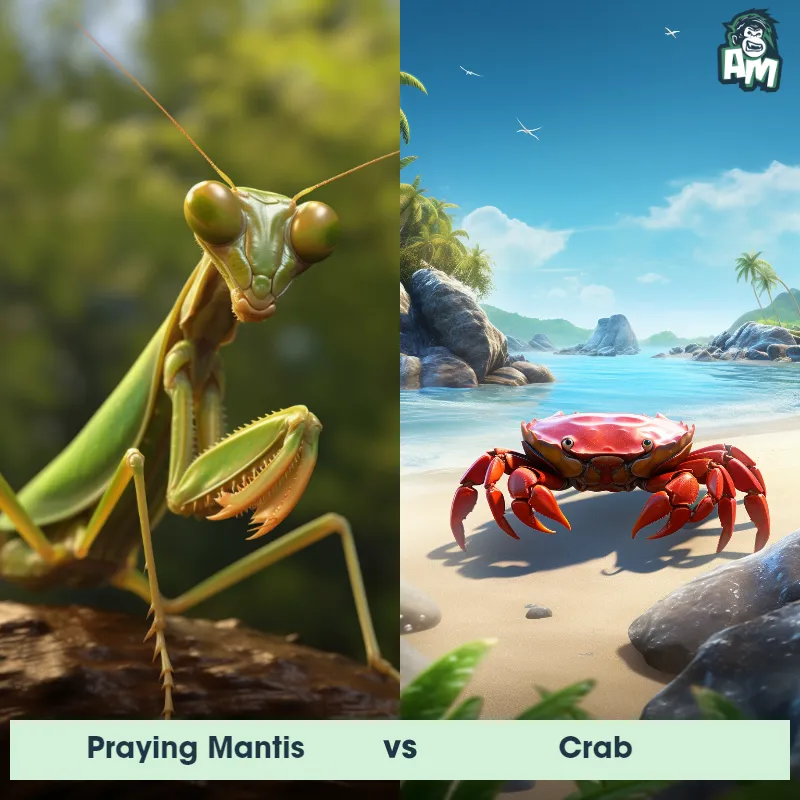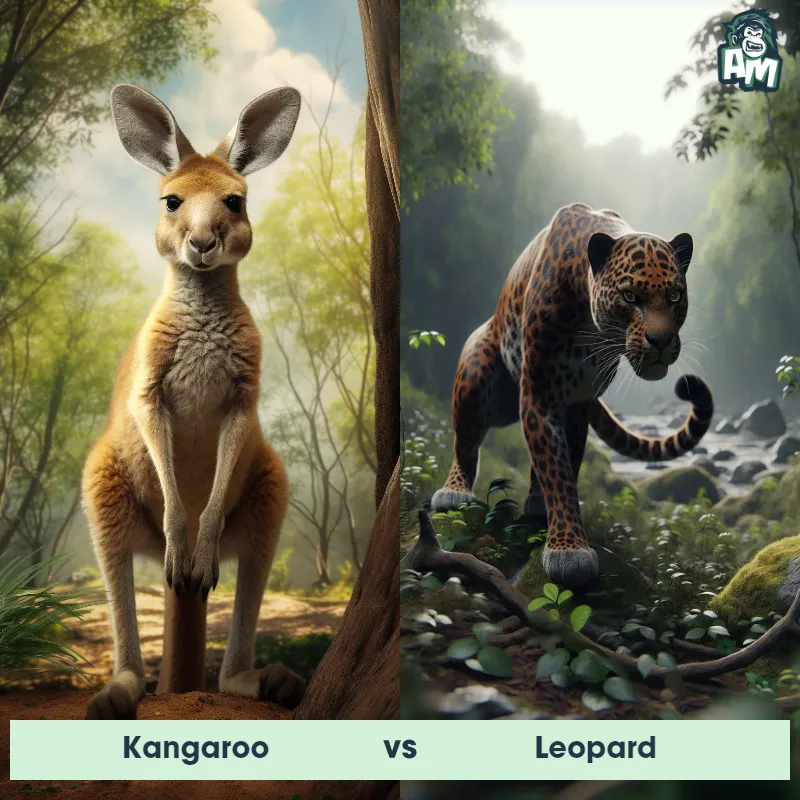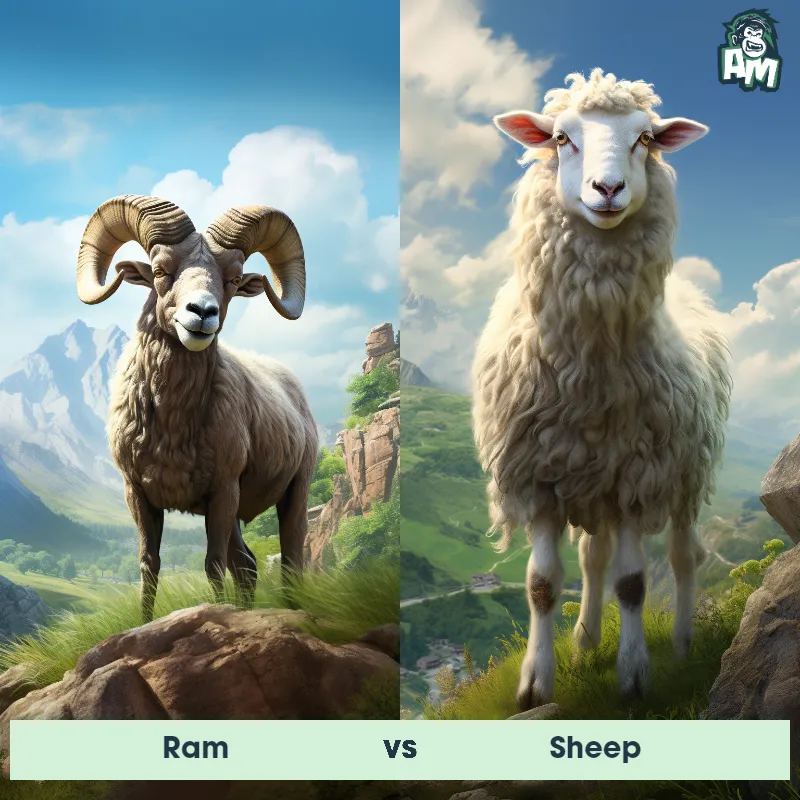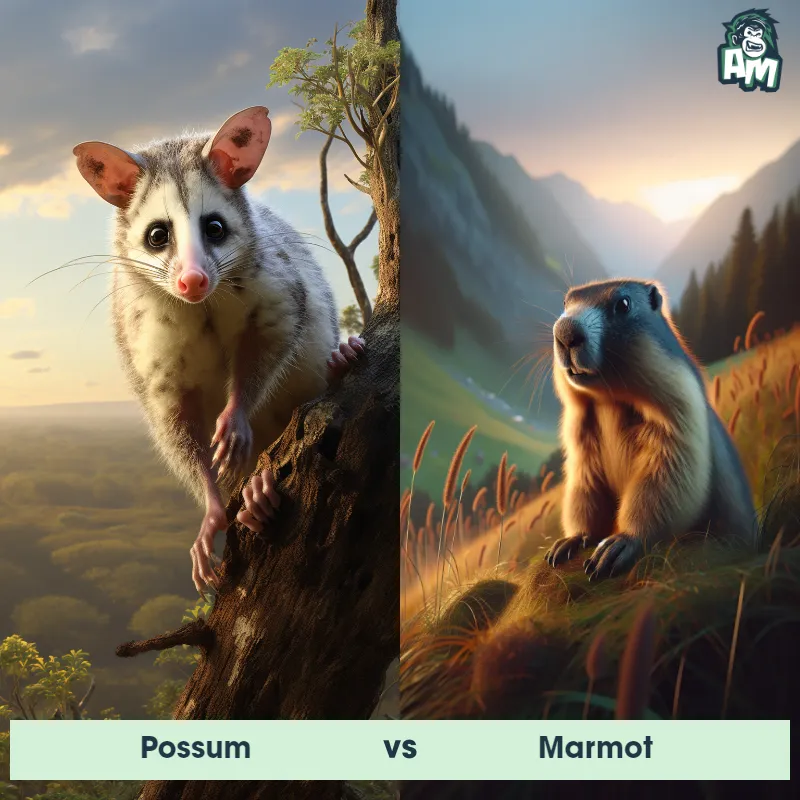Oviraptor vs UtahraptorSee Who Wins

Incredible excitement is in the air as these two titans of the prehistoric world are about to face off. The swift and cunning Oviraptor squares off against the formidable and powerful Utahraptor. Both dinosaurs circle the arena, anticipation building for a spectacular showdown. The scales are set, the crowd is roaring, and it's time for the first clash!
Contender 1: Oviraptor
The Oviraptor, also known as the egg thief, was a small bird-like dinosaur that lived during the Late Cretaceous period. It had a beak-like snout, a crest on its head, and feathers covering its body. Despite its name, recent research suggests Oviraptor may have actually been a caring parent rather than a thief of eggs.
Fun Fact: Oviraptor was discovered on top of a nest of eggs, which led scientists to mistakenly believe it was stealing them—hence its name.
Contender 2: Utahraptor
The Utahraptor, known for its large size and sharp claws, was a dinosaur that lived during the Early Cretaceous period. It had a long, feathered tail, powerful hind legs for running, and sharp teeth for hunting. This predator could reach lengths of up to 20 feet and had a distinctive sickle-shaped claw on each foot.
Fun Fact: The Utahraptor is believed to have been one of the largest known dromaeosaurid dinosaurs, weighing around 1,100 pounds.
Matchup Stats
| Oviraptor | Utahraptor | |
|---|---|---|
| Size | 6 feet (1.8 meters) | Up to 20 feet (6.1 meters) |
| Weight | 75 pounds (34 kilograms) | Around 1,100 pounds (500 kilograms) |
| Speed | 24mph (39km/h) | 25-40 mph (40-64 km/h) |
| Key Strength | Speed and agility | Speed and agility |
| Biggest Weakness | Lack of physical weaponry | Vulnerable chest area |
Current Votes
Oviraptor vs Utahraptor
See Who Wins
View More Matches
Looking For More?
Similar Matches
Scientific Stats
| Oviraptor | Utahraptor | |
|---|---|---|
| Scientific Name | Oviraptor philoceratops | Utahraptor ostrommaysi |
| Family | Caenagnathidae | Dromaeosauridae |
| Habitat | Semi-arid environments | Forests and plains |
| Geography | Asia | North America |
| Diet | Omnivorous | Carnivorous |
| Lifespan | 8 years - 10 years | 10 years - 15 years |
Key Differences between Oviraptor and Utahraptor
- Forelimbs: The Utahraptor had large, clawed forelimbs adapted for grasping, while the Oviraptor possessed slender forelimbs with weaker claws.
- Posture: The Utahraptor had a robust build and more muscular legs for fast running, whereas the Oviraptor was sleeker, facilitating a more bird-like posture and movement.
- Size: The Utahraptor was significantly larger, reaching up to 7 meters in length, while the Oviraptor was much smaller, typically around 1.5 to 2 meters long.
- Crests: The Oviraptor commonly had a prominent crest on its head, which was not present in the Utahraptor.
- Head Shape: The Oviraptor had a broad, short beak and lacked teeth, whereas the Utahraptor had a longer, tapered skull with sharp teeth.
- Feet: The Utahraptor featured a large sickle-shaped claw on each foot, used for hunting, which was absent in the Oviraptor.




